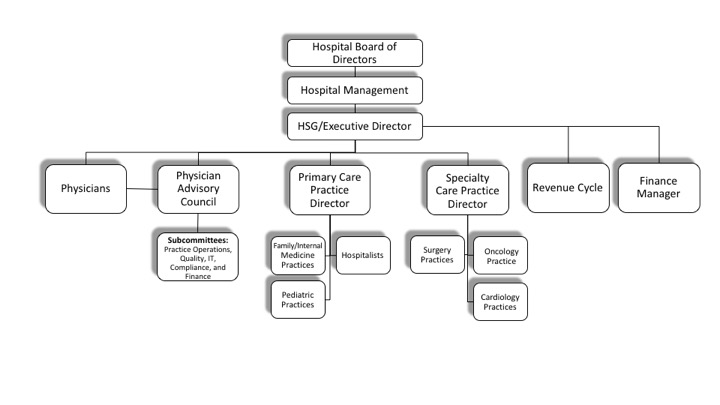Outsourcing is nothing new in the healthcare industry. It’s a tried and true method to reduce costs and improve service delivery and outcomes. Hiring outside management for food service, security, ED and anesthesia staffing, IT, payroll, housekeeping, revenue cycle — even whole hospitals – is commonplace.
What’s Driving Physician Network Management Outsourcing
What IS fairly new is the concept of outsourcing the management of hospital-employed physician networks. Many hospital administrators want to remain “hands on” with their valuable physician relationships. But it’s possible to nurture and grow those relationships, while placing the day-to-day management (and the challenges) in the hands of experienced physician practice professionals. Several factors are driving our clients to consider outsourcing, including:
- Rising costs, declining reimbursement and unsustainable practice operating losses
- Aggressive network growth which stresses infrastructure
- Lack of expertise in managing physician practices, combined with difficulties recruiting qualified staff
- Physician dissatisfaction and/or apathy with the current situation
- The drive toward clinical integration and value-based reimbursement, which requires a shared group culture and strong physician leadership and governance
Setting the Management Contract Objectives
Increasingly, health care providers are being asked to share the financial risk on the patient populations they serve. Healthcare Strategy Group believes we, too, should share the risk on the services we provide. That’s why we offer the option of shared risk- or incentive-based contracts. We guarantee we’ll save your our management fees and meet measurable objectives that have been discussed, evaluated and agreed to collaboratively with our clients.
Some common objectives include:
- Professional revenue growth
- Improved revenue cycle metrics
- Growing the primary care base and expanding into new markets
- Expansion of specialty physician network and capabilities
- Completion of a group strategic plan
- Reductions in practice losses
- Reduced use of locums physicians
- Centralization of revenue cycle function for professional services
- Implementation of clinical integration strategy with the employed network as the cornerstone
Putting the Management Infrastructure in Place
Under an outsourcing contract, the physician network’s executive director is employed by and has a direct reporting relationship with Healthcare Strategy Group. Dedicated practice management and support personnel report directly to the executive director. We may also suggest adding new employees or dedicating existing hospital employees to the network, as needed. The cost for executives is passed through and the management fee covers additional consulting resources from our experienced team in areas such as strategic planning, compensation and revenue cycle.
An example of a typical organizational chart is shown below


